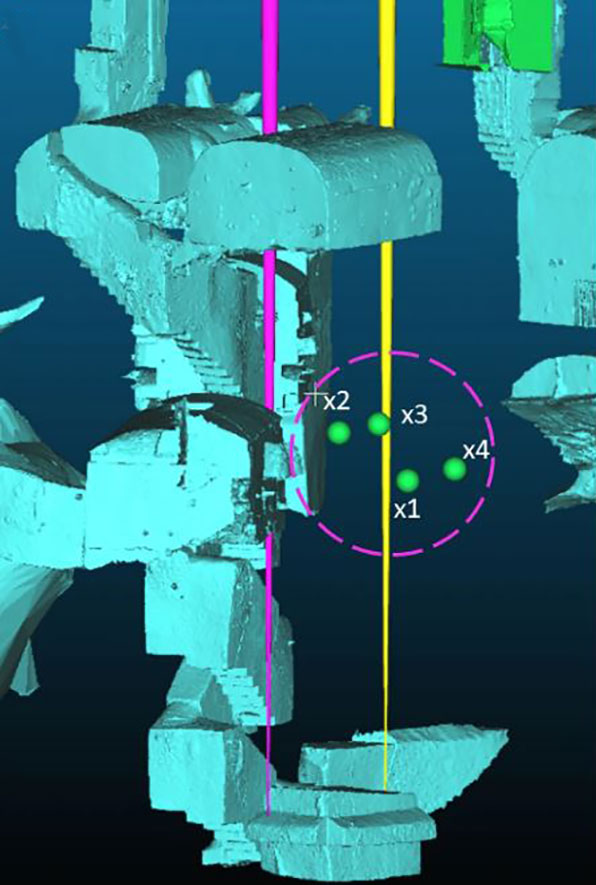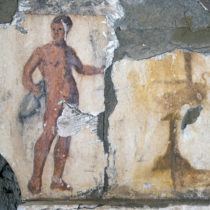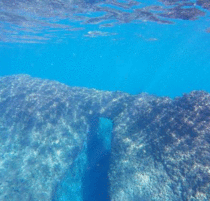Around 10 metres beneath present-day Naples there is a hidden treasure: the ruins of the ancient necropolis of Neapolis built by the Greeks between the end of the 4th and the beginning of the 3rd century BC.
Unfortunately, this particular area, the Sanità district, has a high population density and urban characteristics which make it very difficult to proceed with systematic excavations. Nevertheless, the archaeological research carried out, which had also led to the discovery of the Ipogei dei Togati and the Ipogei dei Melograni, led researchers to make assumptions about the presence of further unknown monuments. How can this inaccessible underground archaeological heritage be studied? The answer to this question is to be found in the collaboration between two seemingly distant disciplines: particle physics and archaeology. The technique resulting from this alliance of disciplines is called muography, and due to its non-invasive nature is particularly suitable in urban environments where it is unthinkable to apply active study methods.
The research
A group of researchers from the University of Naples Federico II and the National Institute of Nuclear Physics (INFN), in collaboration with the University of Nagoya (Japan), used muography to detect the presence of possible cavities in the underground of the Sanità district in Naples. Among the most important structures identified is a Hellenistic hidden chamber which likely contains a burial.
Muography, is a technique that uses muons, high energy charged particles produced by cosmic rays in the upper layers of atmosphere. These muons were installed at a depth of 18 metres below the current street level of the Sanità district, to measure the muon flux for about a month. Thus, the researchers were able to produce a radiographic image of the upper layers and observe known and unknown structures.
The research is published in the journal Scientific Reports.





